Do you know how much money each customer makes on average for your company? Calculating customer lifetime value is significant, especially in SaaS (software as a service or software) startups. Understanding this metric and working to improve it directly influences the health of your business. Along with reducing CAC (learn more here) and more excellent customer retention, it is possible to gain revenue. But what exactly is lifetime value, and how can you calculate the customer lifetime value? Read on to understand this indicator and some tips to improve your performance.
What Is Lifetime Value?
The lifetime value (LTV) determines the value of a customer to the company – or how much they spend, on average, on your product or service while doing business with you. We measure lifetime value through other metrics, such as average ticket and customer lifetime.
To calculate customer lifetime value (CLV), it is necessary to monitor the customer’s behavior while doing business for a while. Therefore, we always start counting LTV from the first purchase to the end of the contract. It would be best if you did this from time to time, as LTV changes as new plans are released or changed or when any new strategy is implemented.
Why Measure Lifetime Value?
Calculating lifetime value is essential for making decisions in the marketing area, defining sales strategies, increasing retention, and getting more repurchases from customers already inside the company. With the LTV set, you will be able to understand better:
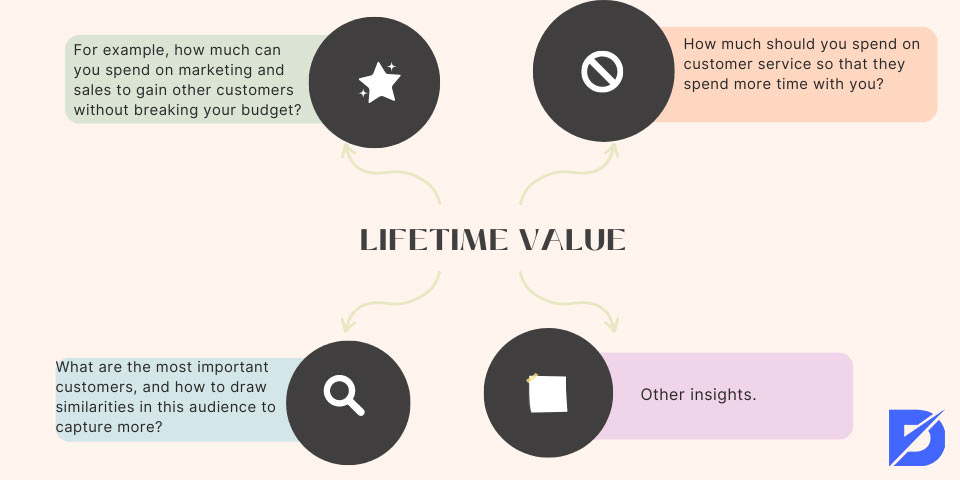
- For example, how much can you spend on marketing and sales to gain other customers without breaking your budget?
- How much should you spend on customer service so that they spend more time with you?
- What are the most important customers, and how to draw similarities in this audience to capture more?
- Other insights.
Overall, determining lifetime value can help you identify the best ways to invest within your company. If customers captivated by a channel tend to yield more, it is clear that efforts should be directed more toward that channel.
Also, it’s essential to recognize how long the customer needs to stay with the company to make a profit. For example, you have to pay taxes, products, and packaging, so the customer needs to spend at least three monthly fees – then it is necessary to invest more in retention.
Well, now that you know the benefits lifetime value can bring to your business, let’s find out how to calculate LTV.
How To Measure Lifetime Value?
To calculate the customer lifetime value formula, you must know the customer’s lifetime, the retention rate, the churn rate (withdrawal/cancellation of purchase), and the average profit per customer. To calculate effectively, several formulas depend on your type of business – and often the industry.
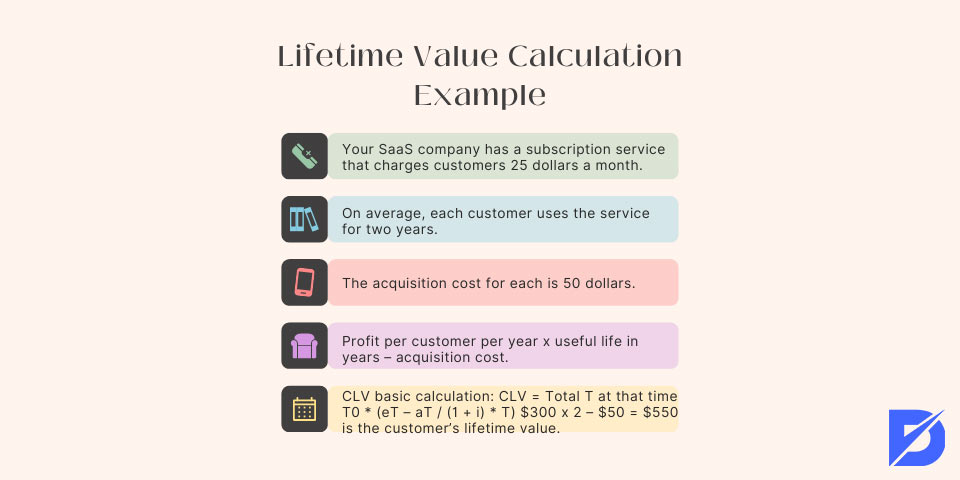
LTV (Lifetime Value Calculation) Calculation Example 1
Let’s check the CLV formula:
- Your SaaS company has a subscription service that charges customers 25 dollars a month.
- On average, each customer uses the service for two years.
- The acquisition cost for each is 50 dollars.
- Profit per customer per year x useful life in years – acquisition cost.
- CLV basic calculation: CLV = Total T at that time T0 * (eT – aT / (1 + i) * T)
$300 x 2 – $50 = $550 is the customer’s lifetime value.
LTV (Lifetime Value Calculation) Calculation Example 2
It is also interesting to calculate the average customer value of your business. Before, define a specific period T to measure the averages. This time can be from the last year or the last 2 or 3 years. It must also be defined how many customers enter the evaluation for the calculations; this means whether they include those who have bought or not in the last year or if it is done for a specific segment. The LTV formula calculations are as follows:

- Average purchase value (VCP). It refers to the average purchase value that each customer makes in your business. It is calculated by dividing the total entered during the last year by the number of purchases made by all customers.
- Purchase frequency rate ( TFC). It refers to the number of orders in the chosen period. Then, the total number of purchases made is divided by the total number of customers.
- Now, multiply the VPC by the TFC to obtain the Average Customer Value or Customer Value (CV) = VCP x TFC.
It is exciting to perform the calculation by segments to compare them.
This approach is most effective when talking about consistent annual revenue per customer, as with subscription models. In this case, each consumer will produce a similar value that does not change much from one year to the next. Now, if your business doesn’t have that stability, there are other ways for LTV calculation. However, to use the traditional formula, you will need to determine the following:
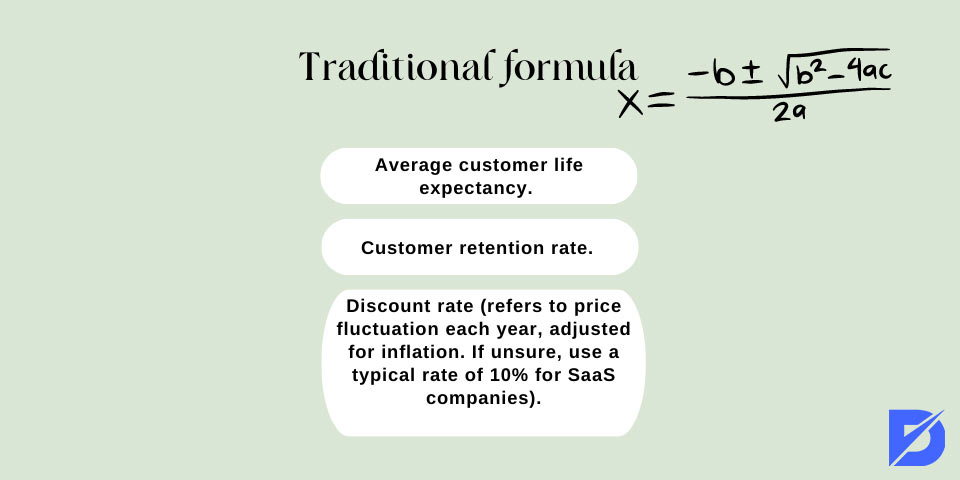
- Average customer life expectancy.
- Customer retention rate.
- Discount rate (refers to price fluctuation each year, adjusted for inflation. If unsure, use a typical rate of 10% for SaaS companies).

Follow the formula:
Average life expectancy x (retention rate / [1 + discount rate – retention rate])
This model uses transaction history and behavior patterns to determine the recurring value of a customer and predict how it will evolve. If you incorporate more data in this calculation, the more precise the values.
How to Integrate Customer Value Into Your Marketing Strategy?
With the knowledge of how much benefit a consumer brings to your company, you can consider actions to increase its value and product value for the customer. This implies having more personalized LTV marketing strategies that generate more conversions according to the behavior and needs of your buyers.
For example, LTV in marketing, some strategies based on customer value that generate satisfactory shopping experiences are:
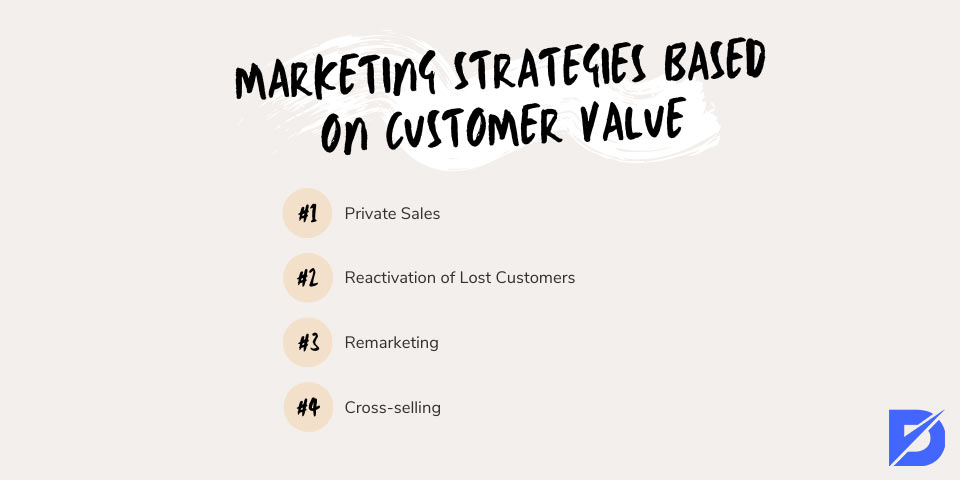
- Private Sales
Discounted private sales for customers who shop more frequently, fostering loyalty from consumers who deliver the most value. You could use private sales to prioritize specific consumers when launching a product or in a particular season. - Reactivation of Lost Customers
Reactivation of lost customers who have not bought for an extended period. For example, discount codes and promotions through email to attract leads. It can also serve as a strategy to generate a second purchase. - Remarketing
Remarketing consists of reminding customers of a product whose purchase did not finalize. It is usually based on what they have left in the shopping cart or on a wish list. This strategy works very well with customers who make the most purchases or those who buy by subscription. - Cross-selling
Cross-selling, offering complementary products or services to a previously made purchase. It is beneficial for generating a feeling of need that the client was unaware of and promoting combos.

Some Ideas To Increase Lifetime Value
Now that you have the tools you need to understand your LTV, here are some ideas that can help you improve this metric within your company.
Create A Loyalty Program
Investing in this type of program guarantees more repeat purchases, increasing the lifetime value. Invitation programs are also valid – like getting a discount when a friend buys, for example.
Improve Customer Service
The more you invest in well-trained and skilled employees, product development, and other attributes, the greater your lifetime value. Be sure to use this indicator.
Always Deliver Something Extra
Enchanted customers are customers you don’t lose. Whenever you deliver something extra along with a consumer purchase, they will feel special and buy more from you.
Keep Your Business Healthy
Lifetime value is usually one of the most significant indicators, but it is not the only one. As you have seen, it is essential to know other factors that influence it before trying to calculate it. So, don’t be in such a hurry, especially if your business is still new. Instead, seek to build a credible customer base with your purpose in mind and what you can offer and improve over time.
Relevance to Online Marketing and Relationship Marketing
In e-commerce, customer relationship management costs can be kept relatively small compared to over-the-counter retail. Especially email, social media, Organic Search, and related actions can map the cost structures that generate high CLV. As stated by research from 2013, search engines appear to have a high CLV per se because users frequently use search engines to search for products, services, and brands. Thus, the average CLV value is about 50% higher than in paid search.
Email marketing is beautiful to young companies and startups, as high CLV values are expected in this area due to low shipping costs. In general, startups that use CLV should track performance at the company’s start to maximize monetization. There are various ways and means to achieve high CLV scores, from personalized offers and improved customer service through sponsorship and loyalty programs to decreased acquisitions, logistics, or other internal processes.
If you are also interested, check out how to calculate customer acquisition cost.
Calculating the Customer Lifetime Value in Short
We explained what is customer lifetime value. The CLV gives overall direction. When you calculate customer lifetime value, it serves large companies as much as small and medium-sized businesses, e-commerce companies, and even startups. It supports decision-makers in marketing, sales, and customer relationship management. However, it does not replace customer knowledge as such: their preferences and their expectations. It must also not stray from the primary objective, namely to win and satisfy its community in the long run, establish its notoriety in its market, and act according to the organization’s values and vision.
Frequently Asked Questions About
When you are ready to calculate the CLV, you should make sure to monitor the customer’s behavior while doing business for a while.
You must know the ways of recognizing how long the customer needs to stay with the company to make a profit.
For effective calculation, there are several formulas that depend on your type of business or even the industry.
You must deliver great ideas along with a consumer purchase, with that they will feel special and buy more from you.
For mapping the cost structures that generate high CLV, you can use email, social media, Organic Search, and related actions.

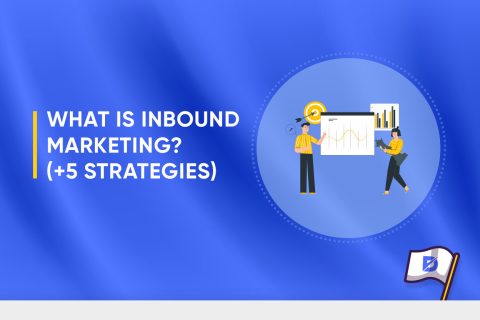



No comments to show.